Classic cocktails have a way of pulling us back to the days when our parents ruled the bar cart. You probably remember the clink of ice and the sound of a shaker while they laughed with friends or put on a record. These drinks were their go-to companions after a long day, or a great excuse to sit back and chat a while. Now, it’s time to taste what made their evenings just a little bit better.
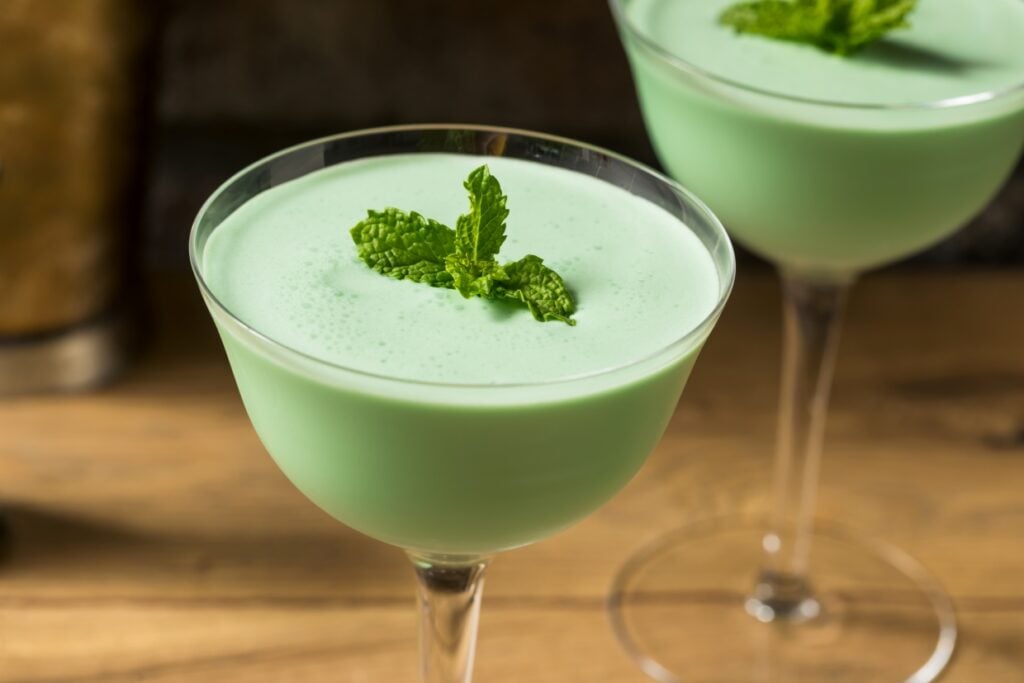
Sidecar

The Sidecar emerged around WWI, found in two 1922 cocktail books. Its name’s origin is debated — some say it was for a motorcycle sidecar-riding customer; others, that it came from the leftover mix, or “sidecar,” of the shaker. Popular in the Prohibition era, it’s made with 2 oz cognac, 1 oz triple sec, and ¾ oz lemon juice, usually with a sugared rim. Sub in bourbon or aged rum for a richer twist, perfect for any formal gathering or holiday night.
Negroni

In 1919, Count Camillo Negroni famously asked to swap gin for soda in his Americano, birthing the Negroni at Caffe Casoni in Florence. Equal parts gin, Campari, and sweet vermouth make it bold and bittersweet. Patrons soon flocked for this unique aperitif, which became popular worldwide by the 1960s. For a change, try a Boulevardier (with bourbon) or a White Negroni (with Lillet Blanc).
Tom Collins

First appearing in Jerry Thomas’ 1876 guide, the Tom Collins rose from 19th-century “Tom Collins Hoax” fame. Originally a broader drink category, it evolved into the beloved gin classic we know. It combines 2 oz gin, 1 oz lemon juice, and ¾ oz simple syrup, topped with soda water and a lemon slice. Perfect for summer, it stayed relevant through the 60s. Try a Vodka Collins for a lighter take, or muddled berries for a fresh twist.
Dark ‘n’ Stormy

The Dark ‘n’ Stormy, a Bermudian favorite, pairs dark rum with ginger beer for a refreshing drink that packs a punch. While it’s linked to Gosling’s rum, the key to this cocktail is in the bold flavors of the dark rum and spicy ginger beer. Add a lime wedge, or use a more intense ginger beer for an extra kick. This cocktail brings a taste of the islands to any gathering, perfect for warm days or when you need a tropical escape.
Manhattan
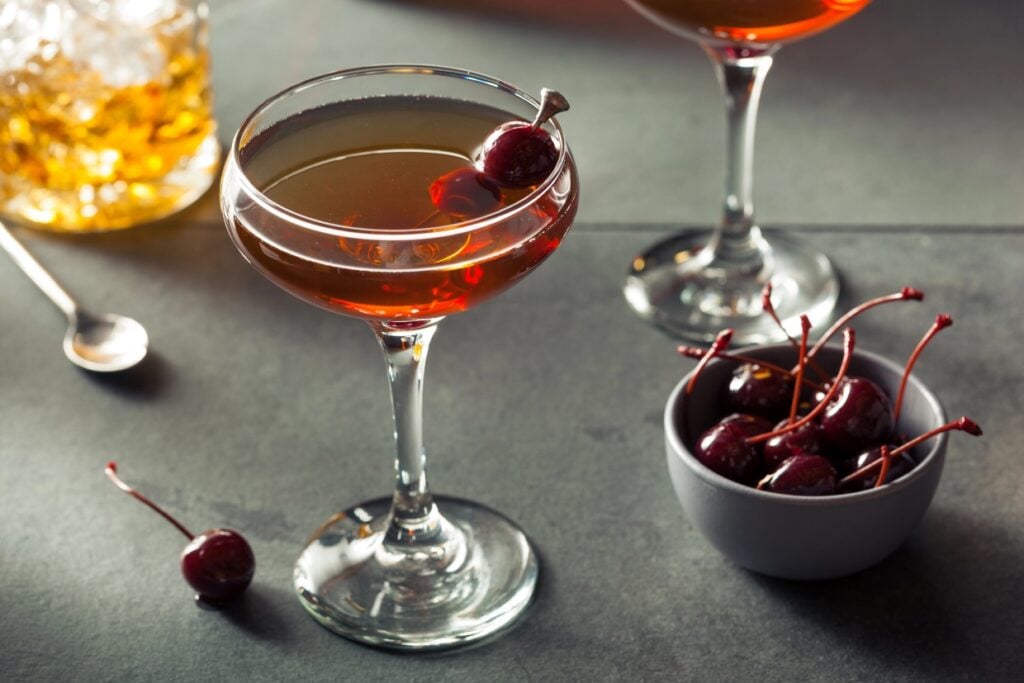
The drink likely originated in the early 1880s, with the first known mention in a September 1882 article from the Sunday Morning Herald in Olean, New York. It listed the ingredients — whiskey, vermouth, and bitters — along with the now-familiar name. However, other names like Jockey Club and Turf Club Cocktail were also mentioned, adding some confusion. Made with 2 oz rye whiskey, 1 oz sweet vermouth, and 2 dashes of bitters, it’s topped with a cherry for a hint of sophistication. To modernize, try bourbon instead of rye or add amaro for complexity.
Bee’s Knees

The Bee’s Knees emerged during Prohibition, created by Frank Meier at the Hôtel Ritz Paris in the 1920s. It’s a unique spin on the Gin Sour, sweetened with honey — a smart way to mellow the gin’s edge. The phrase “bee’s knees” was 1920s slang for something exceptional. This cocktail blends 2 oz gin, ¾ oz lemon juice, and ¾ oz honey syrup. Shake it up for a bright, sweet sip, and try adding lavender or rosemary to the honey for a subtle twist.
Monkey Gland

Created in the 1920s by Harry MacElhone, the Monkey Gland cocktail brings together gin, orange juice, grenadine, and a dash of absinthe for a bright and aromatic drink. The unusual name added to its appeal back in the day. The recipe calls for 1½ oz gin, 1½ oz orange juice, a dash of grenadine, and a dash of absinthe. For a different flavor, try blood orange juice or an anise-flavored liqueur.
Grasshopper

A 1950s favorite from Tujague’s in New Orleans, the Grasshopper pairs crème de menthe, crème de cacao, and cream for a drink that’s almost dessert. Its minty, sweet taste made it a hit for after-dinner sips and parties. You can adjust the sweetness with dark crème de cacao or add a hint of coffee liqueur for depth.
Old Fashioned
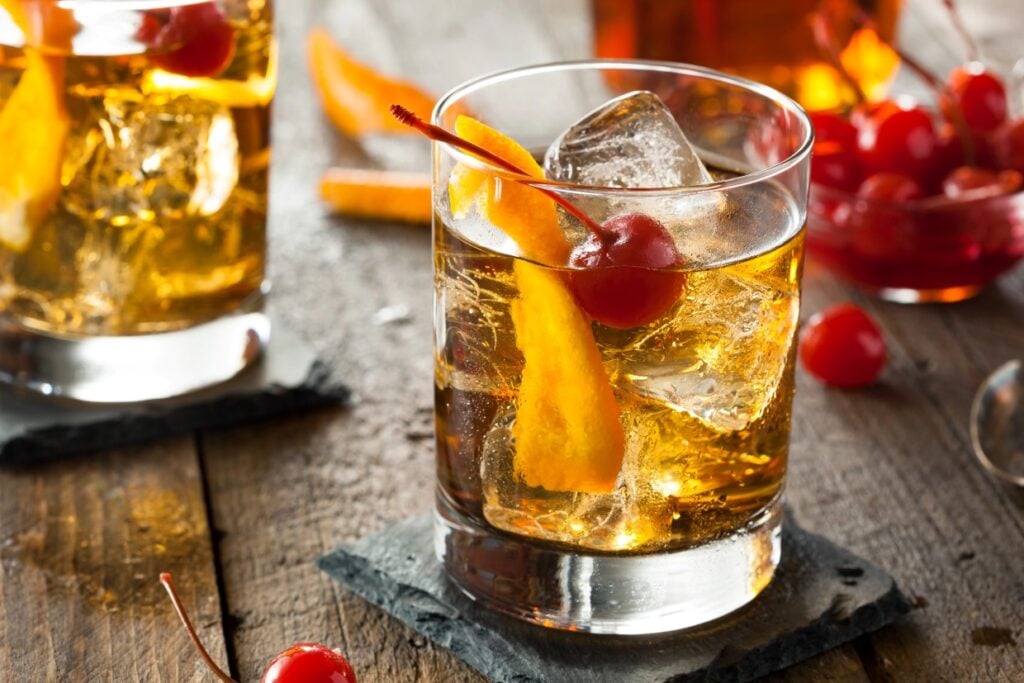
The Old Fashioned traces its roots to the late 1700s as the Whiskey Cocktail, made with whiskey and a few dashes of bitters. It became wildly popular in the 1960s for its simple and elegant character, making it a favorite for whiskey lovers. It’s made with 2 oz bourbon or rye whiskey, 1 sugar cube (or 1 teaspoon simple syrup), 2-3 dashes of bitters, and an orange peel over ice. For a modern take, swap bourbon for mezcal or rum, or add soda water for a lighter version. This cocktail is perfect for family celebrations or quiet nights, bringing a nostalgic, no-nonsense vibe to the evening.
Martini

The Martini’s origins are debated. Some trace it to the Knickerbocker Hotel in New York, while others connect it to the Martinez, a gin-based cocktail from San Francisco made for a miner heading to Martinez, California. It became the drink of choice during Prohibition in the 1920s, holding its popularity through the 60s, thanks in part to James Bond’s famous “shaken, not stirred” line. Made with 2 oz gin (or vodka) and 1 oz dry vermouth, garnished with an olive or lemon peel, it’s known for its sleek simplicity. Modern spins include the Espresso Martini or Dirty Martini with olive brine.
Aviation

Hugo Ensslin, head bartender at New York’s Hotel Wallick, first mixed the Aviation before Prohibition. Its revival was slower as crème de violette, a key ingredient, became scarce. With gin, maraschino liqueur, crème de violette, and lemon juice, its lavender hue and floral notes make it a memorable classic. It’s a drink for when you want to step back in time. Substitute lavender liqueur if you’re looking for a twist.
Sea Breeze

Though its roots trace back to the 1920s, the Sea Breeze hit its stride in the 1980s. It combines vodka, cranberry juice, and grapefruit juice for a light, tart finish — a staple for summer. The classic version keeps the grapefruit, though pineapple can make for a sweeter variation. Crisp and refreshing, the Sea Breeze captures that breezy, laid-back vibe perfect for sun-soaked afternoons.
Astoria

The Astoria, a lesser-known Martini variation, was born in the early 1900s at New York’s Waldorf Astoria Hotel. The cocktail is named after the Astoria Hotel, which opened in 1897 next to the Waldorf. In 1931, the recipe appeared in The Old Waldorf-Astoria Bar Book by Stevens Crockett, featuring drinks from the iconic New York hotel. This drink features 2 oz gin and 1 oz dry vermouth, garnished with a lemon peel or olive. Swap gin for vodka or add orange bitters for a different version.
Whiskey Sour

The Whiskey Sour first appeared in 1862 in The Bartender’s Guide by Jerry Thomas, though sailors were likely drinking it long before. It gained popularity on U.S. shores, and bartenders later added egg white for a foamy texture. A well-known variation is the New York Sour, which tops the classic drink with a splash of red wine. This cocktail is beloved for its refreshing mix of sweet and tart. It’s made with 2 oz bourbon, ¾ oz lemon juice, and ¾ oz simple syrup, with the optional addition of egg white for frothiness, and garnished with a cherry or lemon slice. A version with maple syrup or flavored bitters adds a modern edge.
Rob Roy

The Rob Roy cocktail was created in the 1890s at the Waldorf Astoria in New York City, named after the famous Scottish folk hero. This Scotch-based version of a Manhattan is made with Scotch whisky, sweet vermouth, and bitters. Its rich, smoky flavor makes it a favorite among Scotch lovers. For a variation, try using dry vermouth instead of sweet, or add a dash of orange bitters for a citrusy twist.
Margarita

The Margarita likely dates back to the 1930s or ’40s, though its origin is unclear. One story credits David “Danny” Negrete, who supposedly created it in 1936 at Hotel Garci Crespo in Tehuacán, Mexico, for his girlfriend Margarita, known for her love of salty drinks. It rose to fame in the 70s as tequila became more popular in the U.S., known for its bright, citrusy flavor. The basic version calls for 2 oz tequila, 1 oz lime juice, and 1 oz triple sec, served with a salted rim. Make it spicy with muddled jalapeños for a modern spin, or blend it into a frozen version. This drink shines at summer BBQs, pool parties, or Taco Tuesdays, bringing sunshine and fun wherever it goes.
Daiquiri
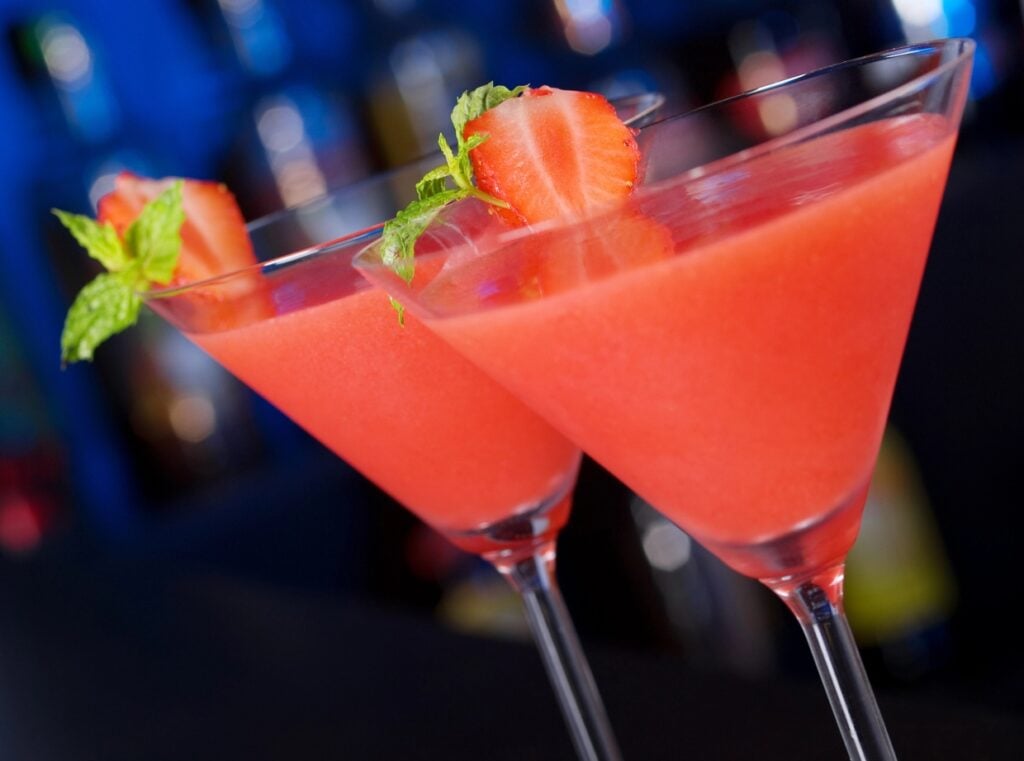
The Daiquiri originated in the Cuban town of Daiquiri around 1898, credited to American engineer Jennings Cox. About a decade later, a U.S. Navy officer brought it to the States, sparking its evolution over the past century. It became a favorite during Prohibition and remained popular through the 50s for its simplicity and refreshing taste. Made with 2 oz white rum, 1 oz lime juice, and ¾ oz simple syrup, it balances sweet and sour perfectly. A Strawberry Daiquiri adds a fruity flair, while dark rum creates a deeper flavor. This cocktail is great for poolside afternoons or casual meetups with friends.
Sangria

Sangria dates back to 15th-century Spain and soon spread to Portugal and Spanish colonies. Originally made with Rioja red wine, brandy, and fruits like apples, lemons, and grapes, it evolved as different regions adapted it with their own wines and local flavors. It gained popularity in the U.S. during the 60s, especially at parties and summer gatherings. The classic recipe includes red wine, brandy, chopped fruits, and orange juice, often topped with soda or sparkling water. A modern version might use white wine for a lighter version or add berries and herbs. Sangria is perfect for picnics, family cookouts, or festive brunches.
Mojito

The Mojito’s origins are hazy, but it likely began in 16th-century Havana, Cuba, as “El Draque,” named after English explorer Sir Francis Drake. According to legend, Drake’s physician used mint, aguardiente (early rum), lime juice, and sugar to treat his crew’s scurvy and dysentery, laying the groundwork for the modern Mojito. It gained international popularity in the 20th century, becoming a summer favorite. Made with 2 oz white rum, 1 oz lime juice, 2 teaspoons sugar, mint leaves, and soda water, it’s known for being light and refreshing. Try using flavored rum or swapping soda water with sparkling wine for a different version. This cocktail is perfect for hot days, outdoor parties, or relaxing afternoons.
Mimosa

The Mimosa likely emerged in the 1920s or 1930s, credited to bartenders on the French Riviera aiming for a light, elegant drink. The region’s cafe culture and celebrity presence, including figures like Ernest Hemingway, helped popularize it. By the mid-20th century, the cocktail had crossed the Atlantic and gained popularity in America. It became a brunch staple in the 1920s and has stayed popular for its simplicity and celebratory feel. Made with equal parts champagne and orange juice, it’s often served at weddings, brunches, and festive gatherings. For a modern touch, use grapefruit juice or add a splash of liqueur. This cocktail is great for weekend brunches, New Year’s Day, or any occasion that calls for a light, bubbly toast.
Brandy Alexander
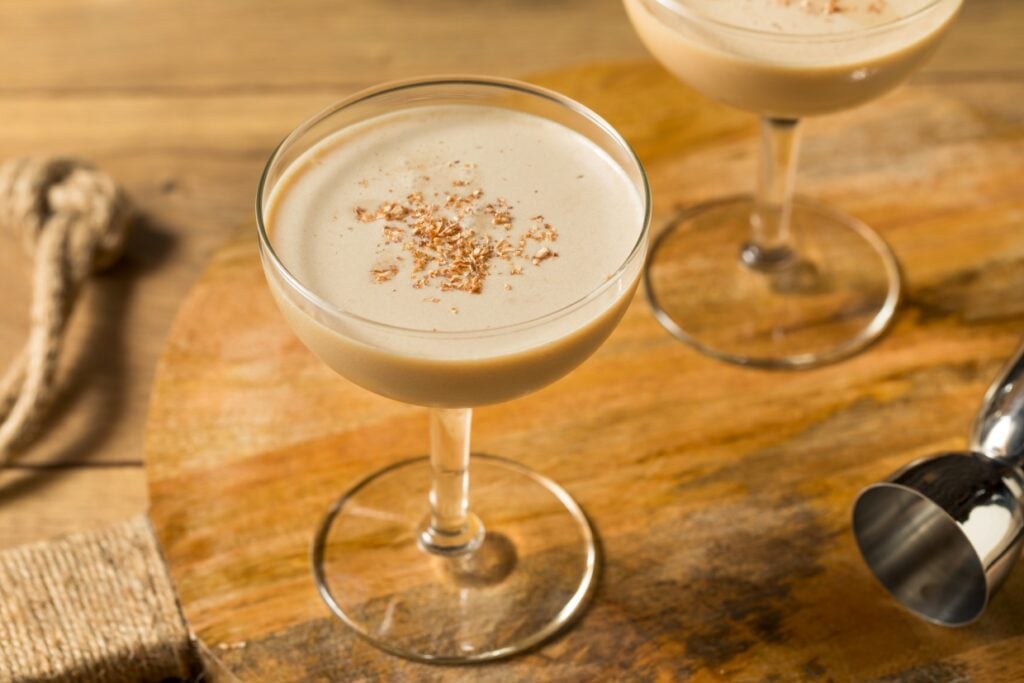
The Brandy Alexander is the most popular version of the Alexander cocktail, which first appeared in Hugo Ensslin’s Recipes for Mixed Drinks (1916). It was first served for Phoebe Snow, a fictional character used in ads for the Delaware, Lackawanna, and Western Railroad. The Brandy Alexander debuted in 1937 in William J. Tarling’s Cafe Royal Cocktail Book, swapping gin for brandy. It became a hit in the 1920s and reached peak popularity in the 70s. It’s made with 1 oz brandy, 1 oz crème de cacao, and 1 oz cream, creating a smooth, dessert-like cocktail. A modern variation could use bourbon instead of brandy for a bolder taste. This drink is perfect for after-dinner sipping or special occasions.
Irish Coffee

Irish Coffee was created in 1943 by Joe Sheridan, a chef at Foynes Port near Limerick, Ireland, which served as a major stopover for transatlantic flights during World War II. When a flight was forced to return to Foynes due to weather, Sheridan made a warming, special drink for the cold, tired passengers. The story goes that silence fell as they enjoyed his creation. This winter favorite combines 1½ oz Irish whiskey, 1 teaspoon brown sugar, and hot coffee, topped with whipped cream. A modern take could use flavored whiskey or add a dash of cinnamon. This drink is perfect for cold evenings, holiday mornings, or brunches.
Harvey Wallbanger

The Harvey Wallbanger became a cocktail icon in the early 1970s, thanks to a clever marketing push. Made with vodka, orange juice, and Galliano, this drink brings a sunny, sweet flavor. It combines 1½ oz vodka, 3 oz orange juice, and ½ oz Galliano liqueur over ice. Try using blood orange juice for a twist, or even substitute vodka with gin. It’s a symbol of 70s cocktail culture, perfect for brunches or retro-themed parties.
Kir

The Kir cocktail was created around 1904 by a bartender named Faivre at Café George in Dijon, France. It gained popularity in the 1940s thanks to Félix Kir, a French priest and politician in Burgundy. Some say Kir shared it with foreign visitors, while others believe it emerged as a response to the confiscation of red Burgundy during World War II. The drink gained popularity in the mid-20th century for its elegant simplicity. It’s a light, fruity aperitif made with 1 oz crème de cassis and topped with white wine. A modern take is the Kir Royale, which swaps white wine for champagne.
Pimm’s Cup

The Pimm’s Cup originated in 19th-century England. James Pimm, owner of a London oyster bar, invented the drink between 1823 and 1840. The original mix of gin, quinine, and herbs was said to help with digestion. Called the “house cup,” it inspired the name “Pimm’s No. 1 Cup,” later shortened to Pimm’s Cup. Five more versions followed, each with a different alcohol base. Pimm’s Cup became widely enjoyed in the 60s for its refreshing, fruit-forward character. Made with 2 oz Pimm’s No. 1, lemonade, and various fresh fruits, it’s often topped with soda or ginger ale. For a different take, try adding mint or using sparkling water.
Ward Eight

The Ward Eight, created around 1898 at Boston’s Locke-Ober Café, reportedly celebrated Martin M. Lomasney’s election to the state legislature. Though the exact recipe is unclear — some versions call for bourbon, others for rye, with varying garnishes and mixers — it became a hit in Boston and beyond before Prohibition. By 1934, Esquire named it one of the top 10 cocktails of the year. Ward Eight is made with 2 oz rye whiskey, ½ oz lemon juice, ½ oz orange juice, and a dash of grenadine, served with a cherry. For a modern take, swap the rye for bourbon or add a splash of sparkling water.
White Lady
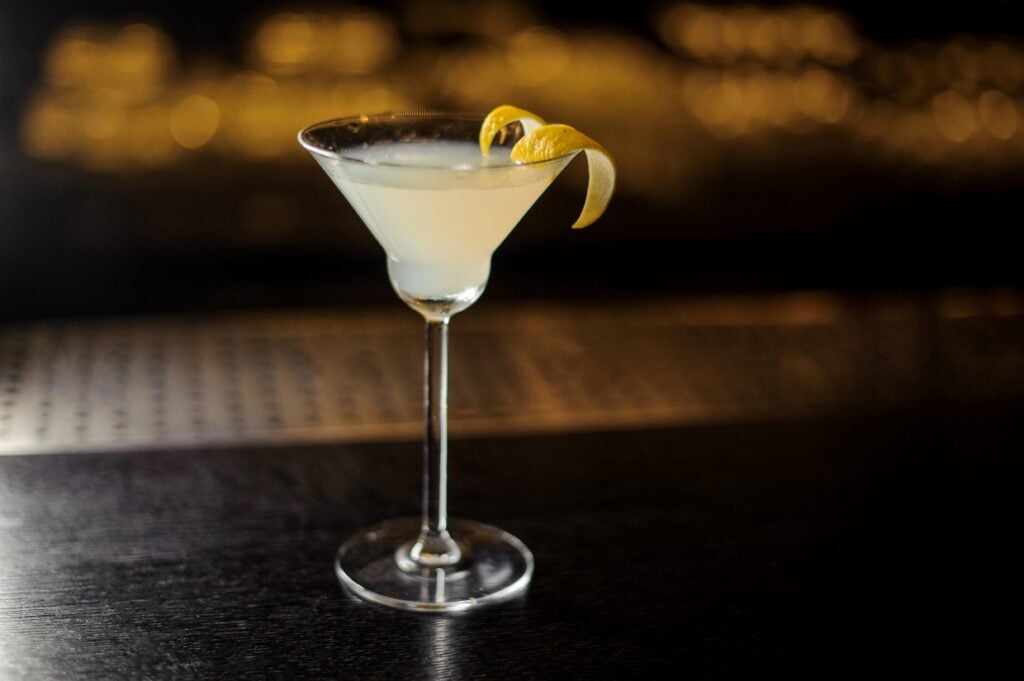
The White Lady cocktail was created in 1919 by bartender Harry MacElhone at Ciro’s Club in London, originally mixing crème de menthe, triple sec, and lemon. This version had a good run but didn’t stick. In 1929, MacElhone, now at his own spot, Harry’s New York Bar in Paris, revamped the recipe to feature gin, orange liqueur, lemon juice, and egg white. Though the reason for the change is unknown, the updated version remains the favorite today. It’s popular for its light, citrusy profile. It combines 2 oz gin, ¾ oz triple sec, and ¾ oz lemon juice, shaken and served up. Adding an egg white gives it a smoother texture and a creamy foam. For a modern spin, use elderflower liqueur instead of triple sec.
Mary Pickford

The Mary Pickford, named after the silent film star, gained fame in the 1920s for its sweet, tropical flair. The story goes that it was created in 1920s Cuba while Pickford, her husband Douglas Fairbanks, and Charlie Chaplin were in Havana. Though the drink’s creator is debated between bartenders Eddie Woelke and Fred Kaufman, Kaufman often gets more credit. However, Vanity Fair later pointed out that Pickford and Fairbanks never filmed in Cuba. Regardless, the cocktail first appeared in print in 1928 in Basil Woon’s When It’s Cocktail Time in Cuba and later in the 1930 Savoy Cocktail Book by Harry Craddock. The drinks is made with 2 oz white rum, 1 oz pineapple juice, ½ oz grenadine, and a dash of maraschino liqueur, served with a cherry. To modernize, try adding coconut rum or use fresh pineapple juice for a brighter flavor.





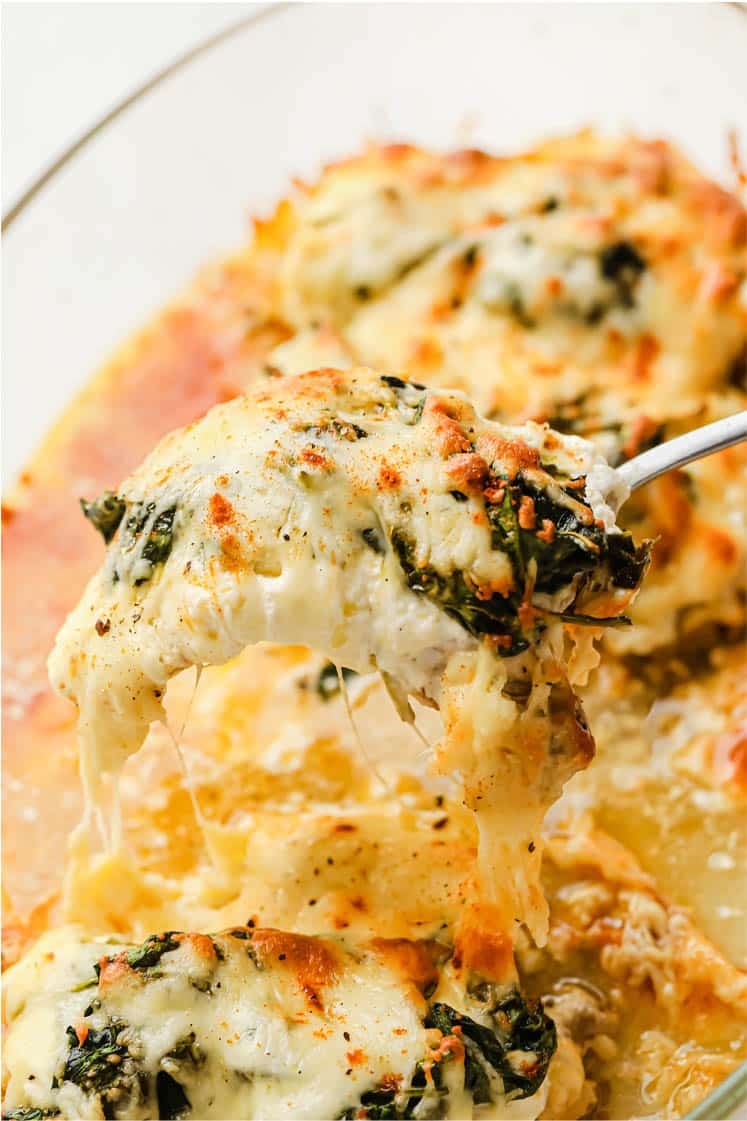






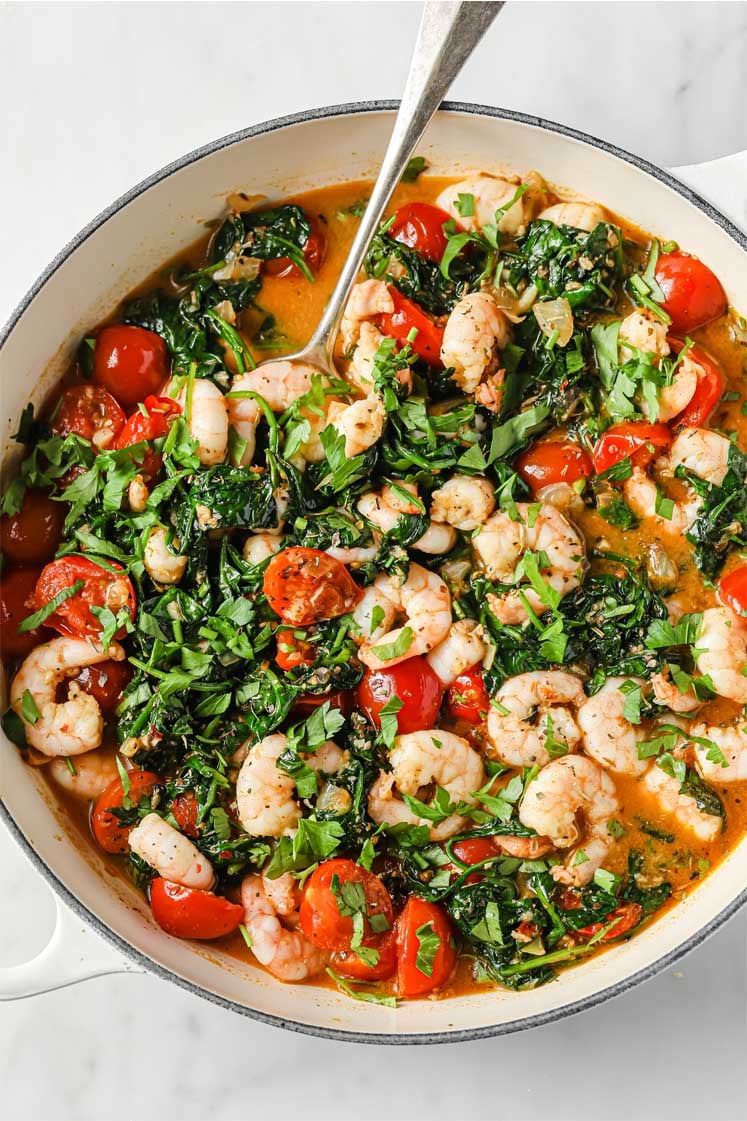











Leave a Reply